This post is in partnership with Rohrer Seeds. All thoughts and words are my own.
Some seeds are easy enough to start. Just add water, maybe a little heat, and their cute little cotyledons emerge in a matter of days. But other seeds like to take their sweet time germinating, sometimes taking months to break out of their shell… if they germinate at all.
When it comes to stubborn seeds, you can “trick” them into germinating faster if you give them the right conditions—conditions that often mimic nature. These might entail specific light conditions, temperatures, soaking, or scarifying before the seeds are convinced that it’s safe for them to sprout.
If you’re dealing with notoriously hard-to-start seeds, try these five tips to improve your germination rates, speed up germination, and help them get growing.
Tip #1: Start seeds in paper towels
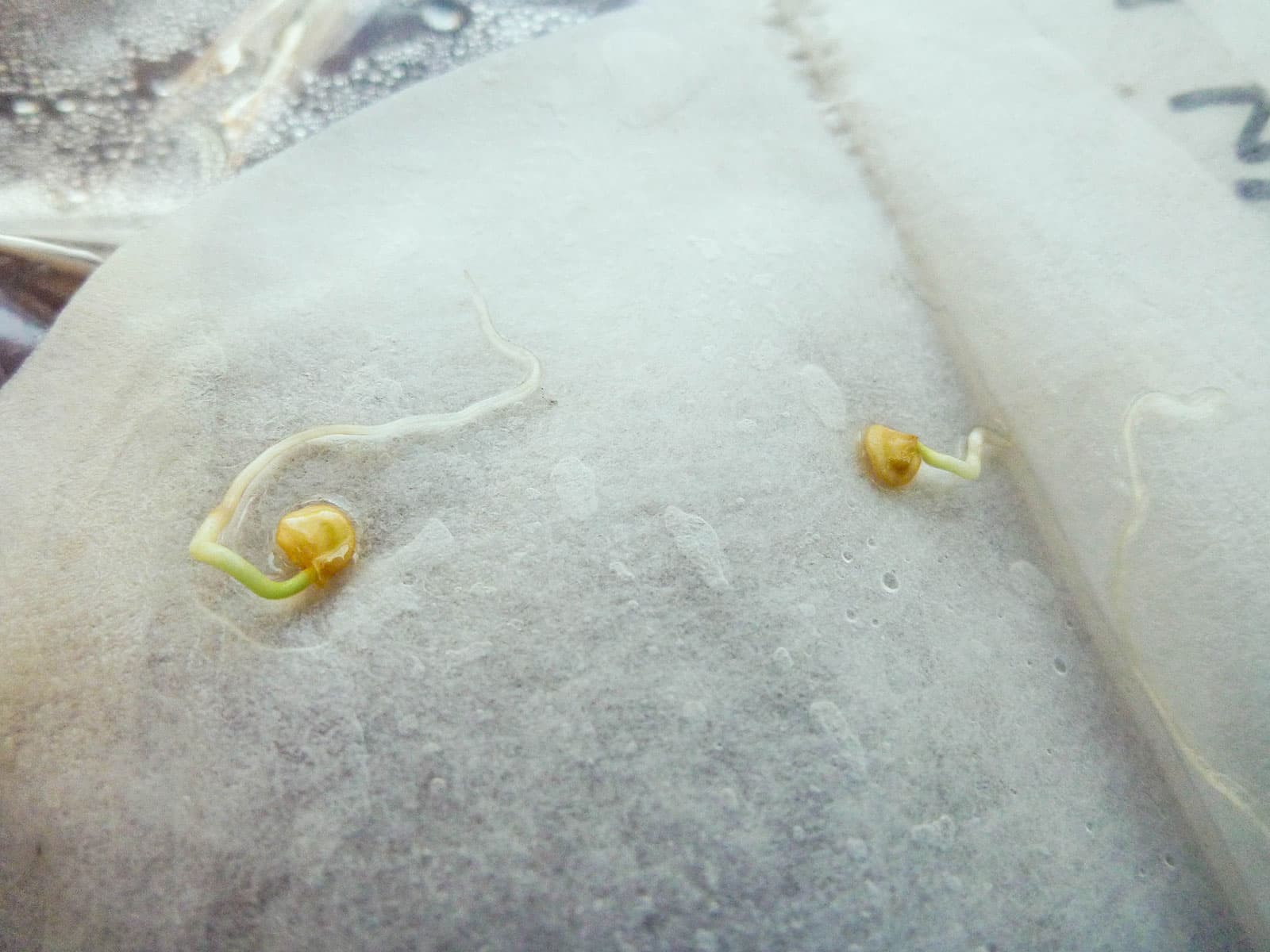
If your seeds are borderline expired (check my seed packet expiration chart to find out how long seeds should last), the first thing to do is make sure they’re still viable. You can try every trick in the book to get them to germinate but if they just don’t have it in them to sprout and produce a healthy plant, you’ll have wasted precious time trying to start old seeds.
Here’s a step-by-step guide to starting seeds in paper towels. (You can use paper coffee filters, too, which I actually prefer since the seeds don’t get stuck in the fibers.)
Test a random selection of 10 seeds from your seed packet. If at least half of them germinate, you’re good to go. (And you’ll have gotten a head start on seedlings.)
The paper towel method (also known as the baggie method) is also helpful for germinating seeds that require constant heat and moisture, such as hot peppers.
When sown outside, hot pepper seeds can take up to three weeks to sprout. But in the mini greenhouse environment created by the baggie method, they sprout in as little as one week.
That’s because hot peppers need consistent temperatures of 80°F to 90°F to germinate. It’s difficult to achieve these conditions in the garden in spring, and even in an indoor seed starting setup (unless you use heating mats).
Not only is the baggie method an incredibly efficient way to speed up germination, it saves space, eliminates the mess of potting mix and lots of little pots, and ensures you have viable seeds to begin with.
Best seeds to start in paper towels:
- Hot peppers
- Tomatoes
- Tomatillo
- Eggplant
Related: How and why you should ferment tomato seeds before saving them
Tip #2: Expose seeds to light
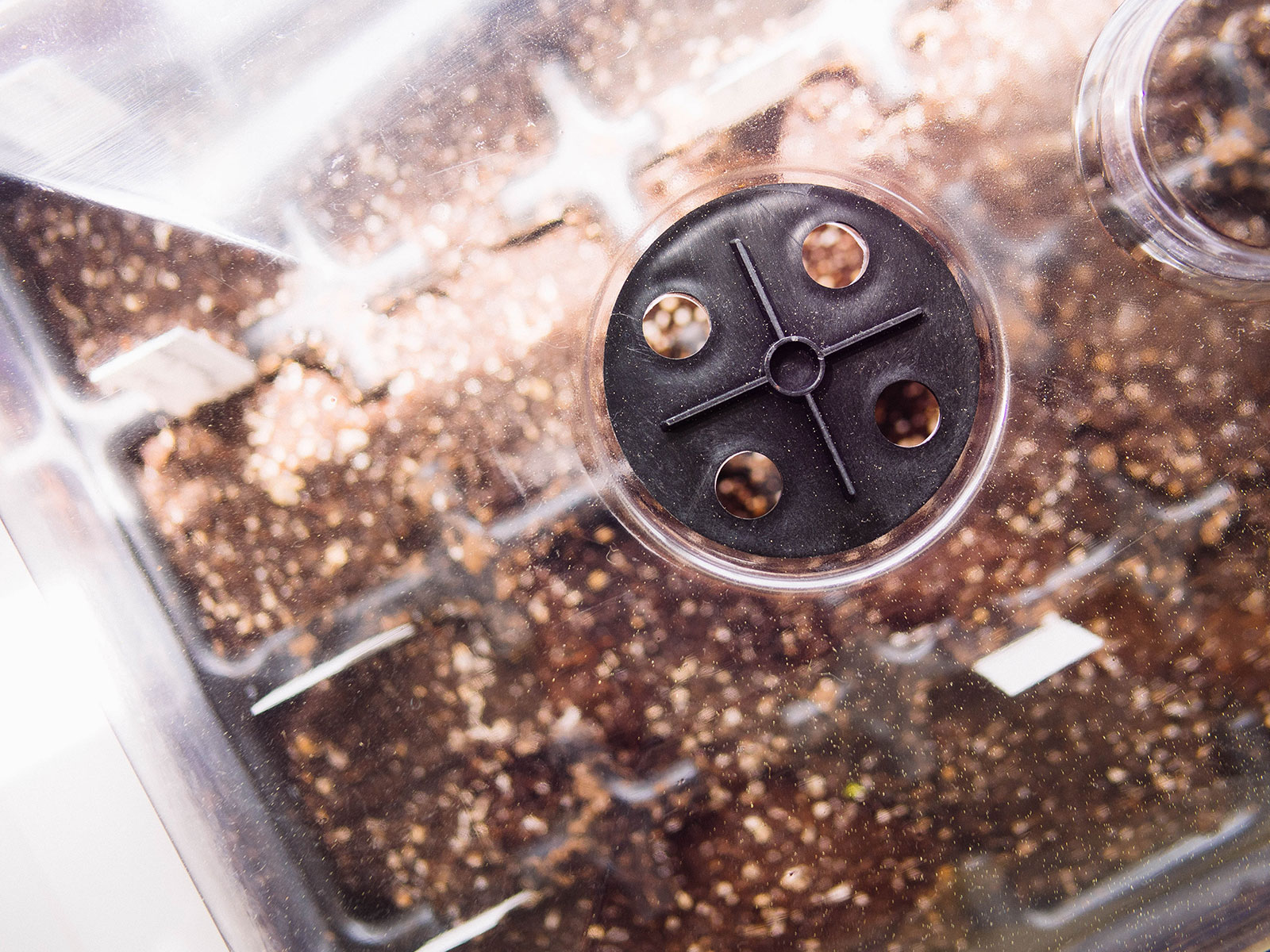
While our first instinct is to bury seeds in soil to get them to sprout, certain seeds actually need light to germinate.
This is a common reason some seeds fail to germinate—not because they’re old or need heat, but because they require exposure to light.
For many gardeners, it can be tricky to give these seeds light while keeping them moist at the same time. After all, if they’re just spread out on top of the soil, they’re more prone to drying out.
Here’s my recommendation: If you start seeds indoors, sow your seeds in flats (seed starting trays) and cover with plastic wrap or a plastic humidity dome to increase humidity. Or, sprinkle a fine layer of vermiculite over your seeds. Vermiculite is porous enough to let light shine through while retaining enough moisture for the seeds germinate.
If you sow seeds outside, you can broadcast small handfuls over the soil and lightly rake them in with a hand rake or cultivator (a method I often use for lettuce seeds). This ensures that the seeds have good contact with moist soil so they can establish roots more easily.
Related: My favorite varieties of heat-tolerant lettuce you can grow all summer long
Seeds that require light to germinate:
- Lettuce
- Celery
- Dill
- Savory
- Snapdragons
- Poppies
- Begonias
- Columbine
- Impatiens
Tip #3: Plant seeds at the proper depth
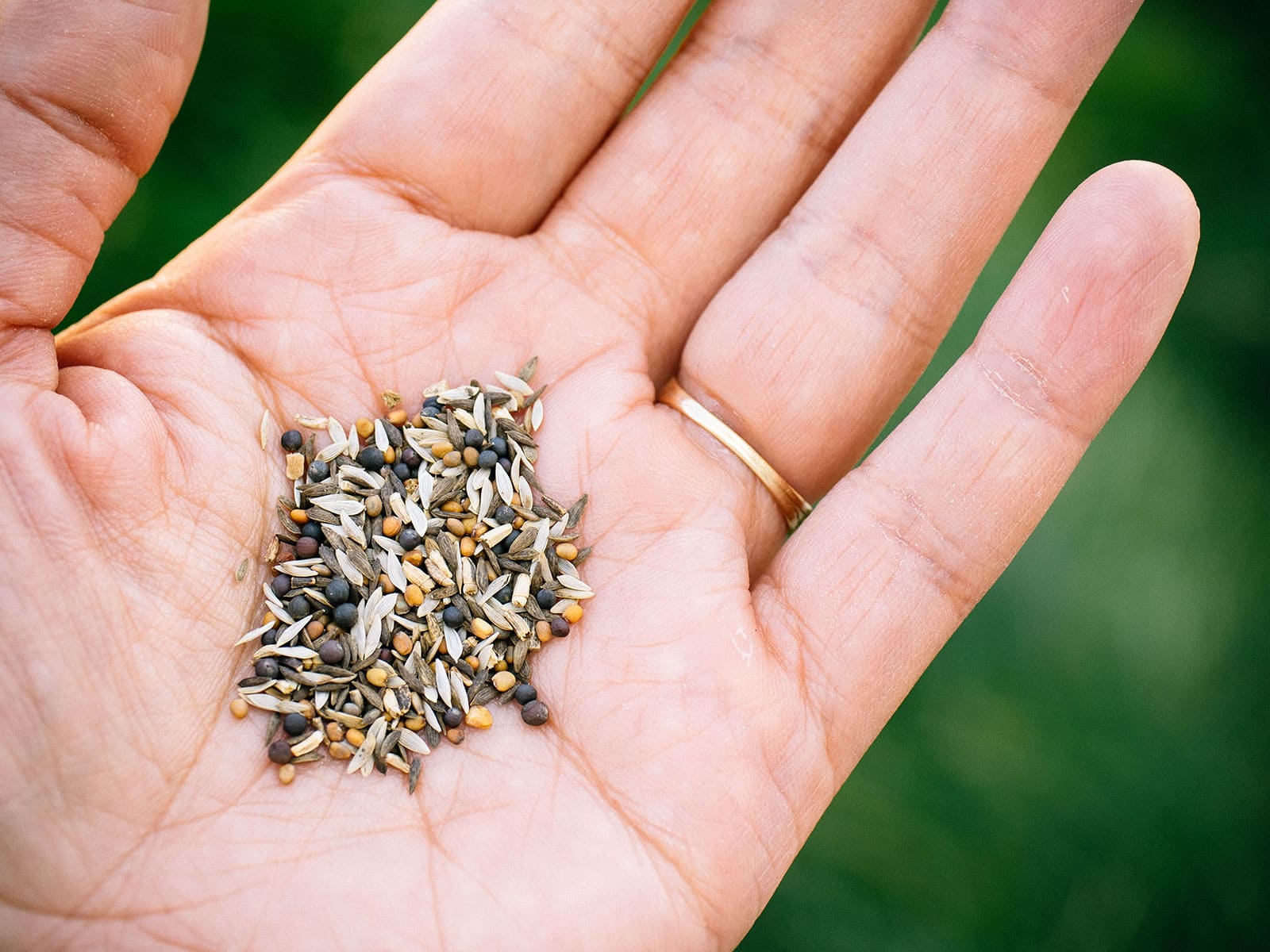
The general rule of thumb is to plant a seed at a depth of two times the width (or diameter) of the seed.
For example, squash and bean seeds that are 1/2 inch wide should be planted up to 1 inch deep. Tomato and pepper seeds that are 1/8 inch wide should be planted up to 1/4 inch deep.
But where some people run into trouble is with tiny seeds like carrots, lettuce, and basil. These seeds, which are no more than flakes or specks in your hand, may not germinate if they’re too far below the surface of the soil. (And in the case of lettuce, it actually needs light to germinate, as mentioned in Tip #2.)
The best way to sow very small seeds is to scatter them on the surface and very lightly cover with a sprinkling of soil, a thin layer of straw, or even with vermiculite, which help keep the seeds moist until they germinate.
Seeds that should barely be covered with soil:
- Carrots
- Lettuce
- Basil
- Dill
- Sweet alyssum
- Petunias
- Ageratum
- Cleome
Tip #4: Soak your seeds
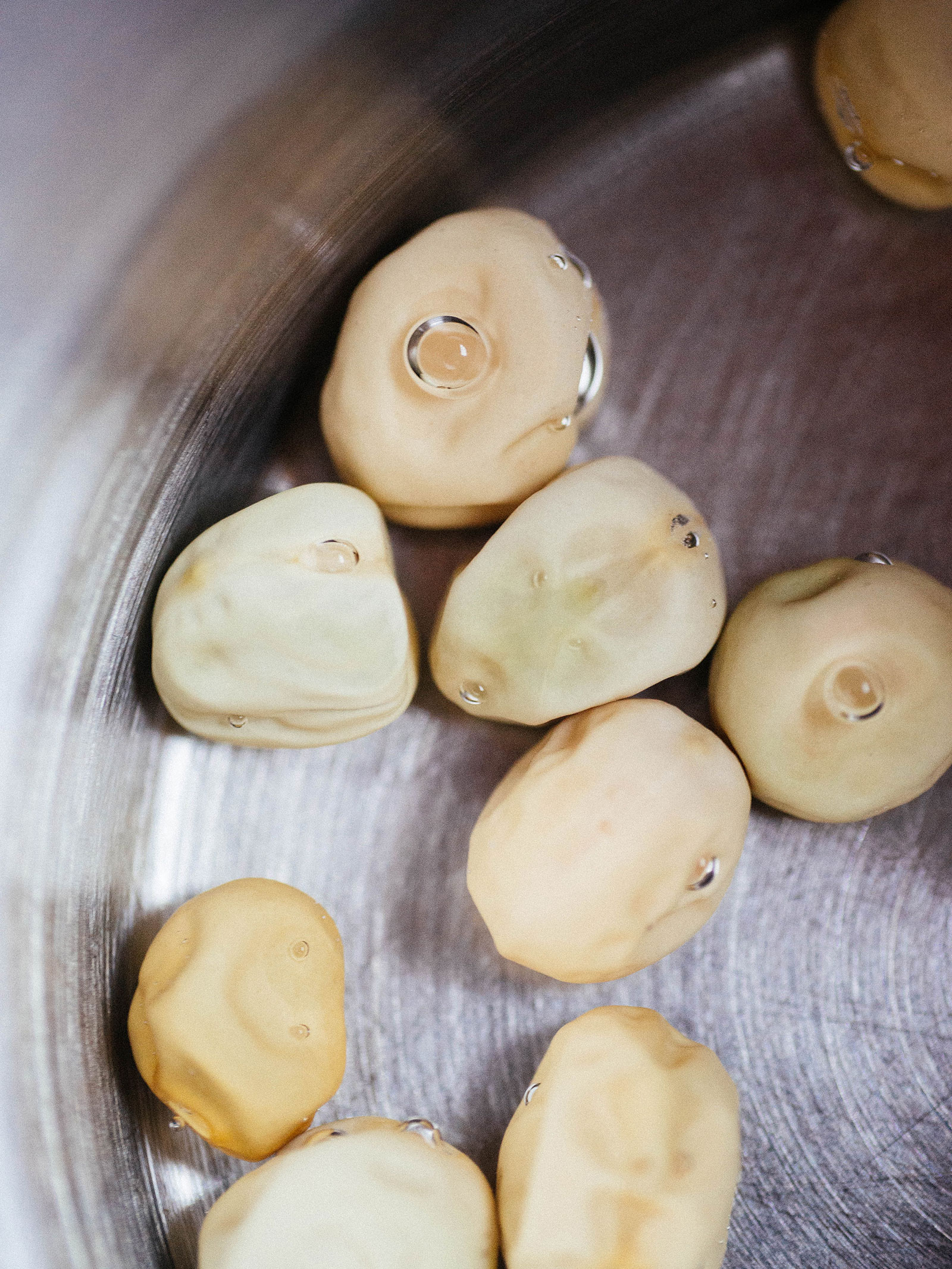
Seeds with hard, thick, or wrinkly outer seed coats take a long time to absorb the water they need to germinate.
If you’re finding that your seeds are slow to sprout, the reason may be inconsistent moisture. This can happen if you have an unusually dry spring or your irrigation doesn’t saturate your newly seeded garden beds properly.
Fortunately, the solution is as easy as dropping a handful of seeds in a cup of water for a few hours to soften their seed coats and move them further along in the germination process.
Here’s my full guide on soaking seeds.
The soak (sometimes called a presoak) will start to break down the seed coat and encourage the radicle to emerge. If you’ve never taken a good look at the process of germination, be sure to check out this visual primer on how a seed a germinates!
Seeds that benefit from soaking:
- Peas
- Beets
- Chard
- Squash
- Okra
Tip #5: Scarification

Scarification is a simple method of manually weakening the seed coat to make it more permeable to moisture.
Take a nasturtium seed. It has a rough and tough, almost wood-like exterior that makes it a little resistant to germinating. But, you can coax it along by scarifying the outer shell before you plant it.
This goes for other seeds with very hard outer seed coats: You can help them germinate faster by nicking or sanding (or otherwise “scarring”) the surface so they absorb water more readily.
To do so, gently scrape off a tiny part of the seed coat with a razor blade or nail clippers, or lightly rub it with a nail file or sandpaper. Just don’t overdo it, or you risk damaging the embryo inside if you go too deep or remove too much of the seed coat.
Unsure whether those difficult seeds need to be soaked or scarred? Try soaking a seed in water first. If it swells up within a few hours, there’s no need to scarify it (and you can just plant it at that point).
Seeds with hard coats:
- Spinach
- Nasturtiums
- Moonflowers
- Morning glories
- Sweet peas
- Lupine
- Milkweed
Tip #6: Cold stratification
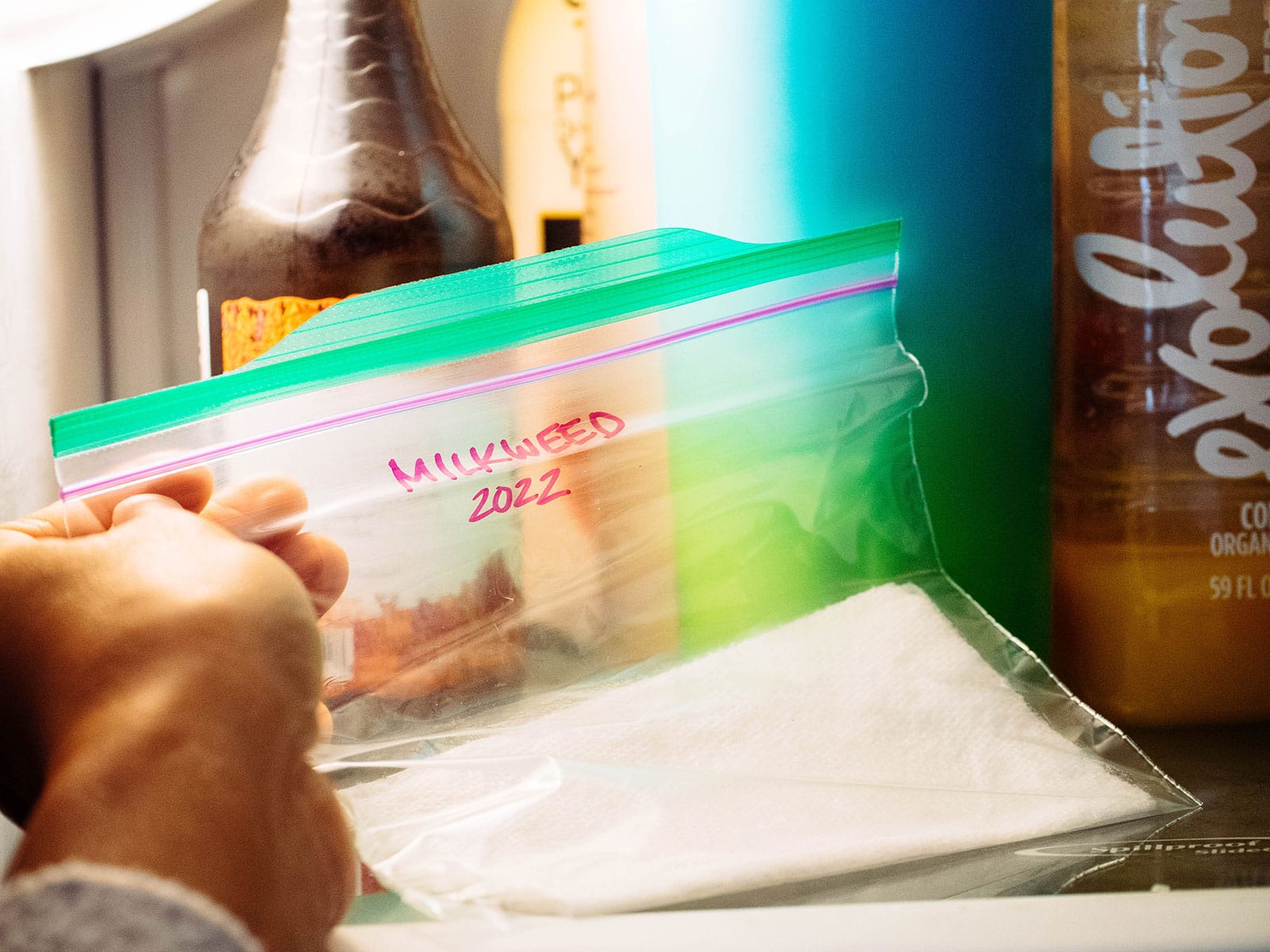
Still having trouble getting your seeds to germinate?
Some seeds (particularly those of native perennials) require a lengthy period of cold, moist weather to break dormancy. That means seeds you sow in fall likely won’t sprout until spring after they’ve gone through winter’s chill and conditions are juuust right.
If you can’t wait that long (or forgot to plan ahead), you can mimic the freeze/thaw cycle of winter by using a method called stratification (also known as cold stratification or cold/moist stratification).
There are two ways to stratify seeds:
- Fold a paper towel in half and mist with water to dampen it. Spread a handful of seeds on one half of the towel and fold it in half again over the seeds. Place the towel in a small sandwich bag, label and date it, and refrigerate.
- Mix 1 part seeds with 3 parts moist growing medium (such as perlite, vermiculite, or coco coir). Loosely seal the mixture in a small sandwich bag, label and date it, and place the bag in the refrigerator (not the freezer).
Leave the bag in the fridge for two to eight weeks. The length of time needed to stratify seeds will depend on the plant variety, so be sure to look this up before you start (some seeds may need more or less time in the cold).
Check the bag once a week to make sure the growing medium is moist (but not dripping wet). Don’t seal the bag tightly, since the seeds need exposure to a combination of cold air and moisture to think it’s actually winter. Once they go through this artificial cold snap, they’ll “wake up” and germinate quickly once planted.
Seeds that require cold stratification:
- Milkweed
- Larkspur
- Scabiosa
- Primrose
- Clematis
- Coneflowers
- Pansies and violets
- Black-eyed Susans
Read more: How to grow milkweed (and avoid this one mistake)
An important note
Once you’ve pretreated your seeds (with soaking, scarification, or stratification), make sure to sow them immediately. The seeds will be out of dormancy and ready to grow.
If you wait too long before giving them the moisture and temperatures they need to sustain life, they may lose viability or die off completely.
This post is sponsored by Rohrer Seeds. View my full advertising disclosure.


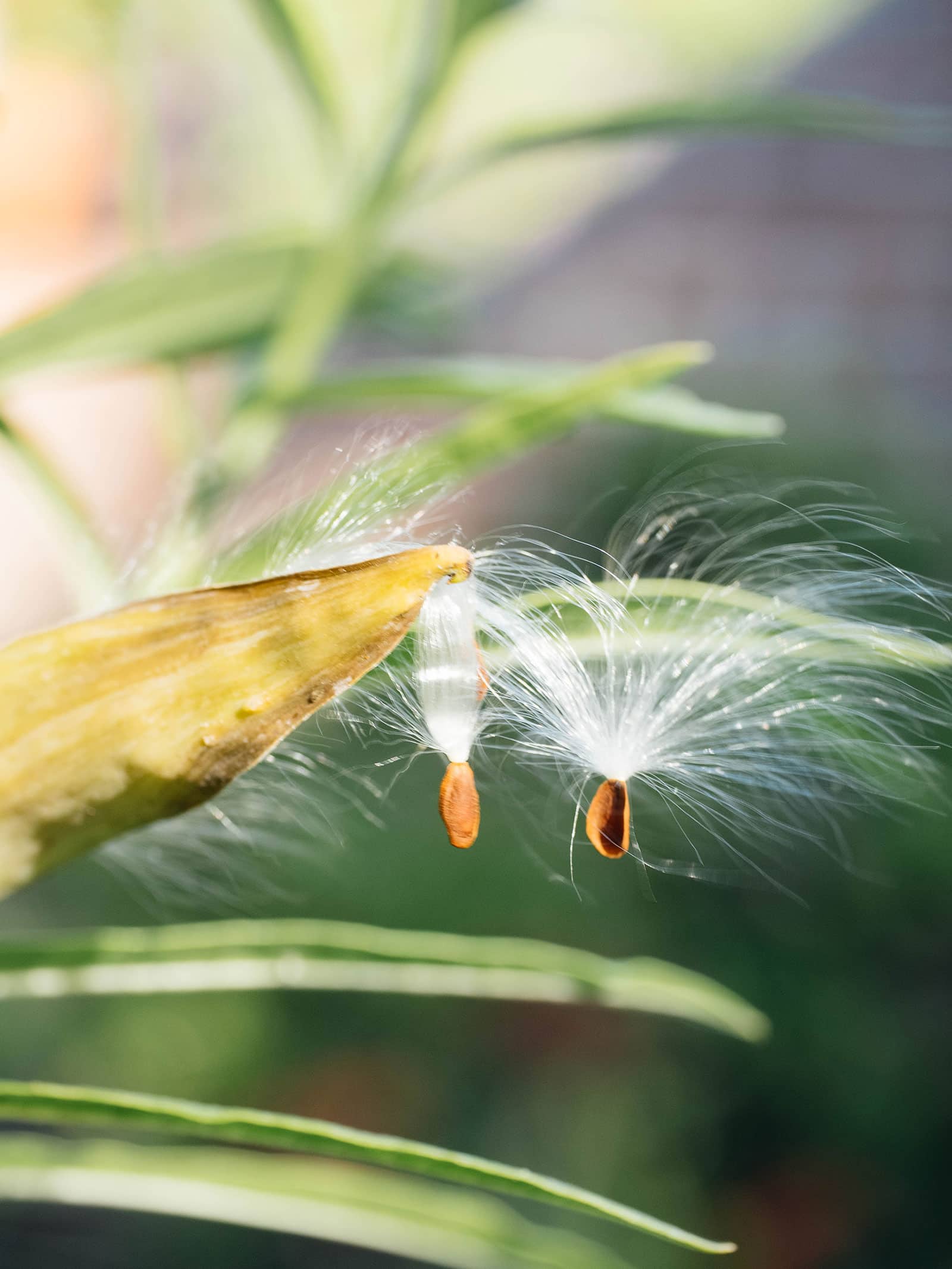













Thank you Linda for your informative page. I was getting really frustrated with my snow pea seeds which did not germinate after 2 plantings in cell pots. I’ll try soaking and pre-sprouting them. I also didn’t know that dill seeds require light to germinate. Thanks! and Happy Gardening!
You are a wealth of information! I rely on your site for answers to all my (plant growing) problems. Thank you!
great info.
just excellent advice. thank you so much for taking the trouble to put this together for readers.
I’m trying to germinate tree seeds and the paper towel always grows mold.
a youtuber suggested to use cinnamon since its has anti-fungal properties. but the towels still grew mold.
cinnamon also helps plants root faster but its just not working.
i opened up all my seed germination packets today and sprayed fungicide on them. no idea if its going to help or if all the seeds are already dead.
I got fresh maple seeds a couple weeks ago after they fell and they sprouted within 2 weeks. but i was going for Japanese red lace maple not common domestic maple.
Have you ever tried to start Lisianthus seeds? If so, please share your secrets.
I have problems of sprouting the seeds of Bismarckia palm despite the fact that Nigeria whether has high temperatures. What will I do?
Hi,very good information for germination,need help for germination of lavender seeds in warm weather in India. Tried many times,but failed.please guide me.Thank you
Hi, I had the same problem. Put lavender seeds in small plastic container with a lid and put in the refrigerator for two weeks. Then plant. My seeds germinated very quickly after this.
Hi Linda,
Thank you for the email and the link to starting hard to germinate seeds. I have been struggling with Stevia seed with little success. I will try the paper towel viability test. Please reply to the email below with any suggestions for Stevia. Thank you for your email, posts and the gardening calendar plus that I use for my two growing season climate in Phoenix, AZ.